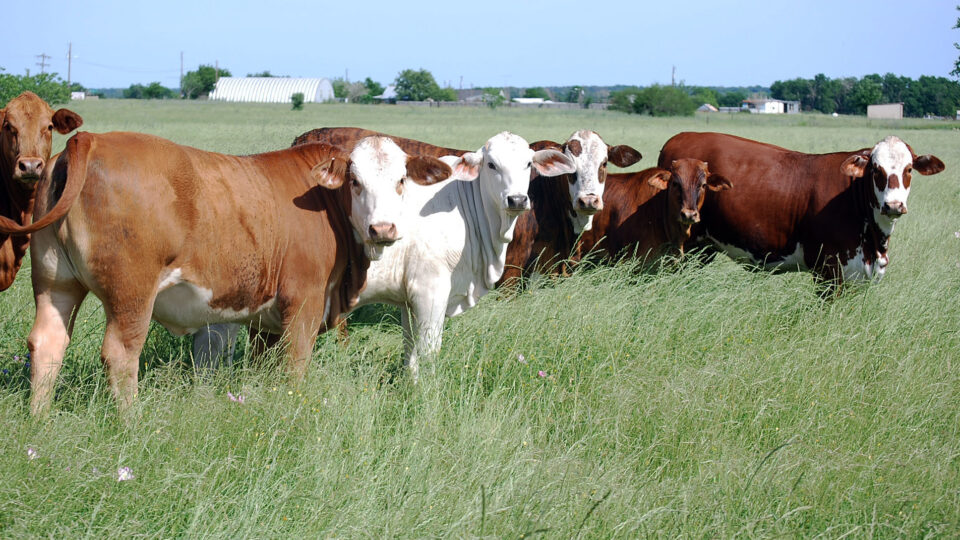Agriculture is responsible for about 10% of greenhouse gas emissions. Those emissions come from livestock such as cows, the disturbance of agricultural soils, and activities like rice production.
Recent research from Texas A&M University presents sustainable solutions for grazing agriculture. According to the research, published in the Journal of Soil and Water Conservation, ruminant animals like cattle contribute to the maintenance of healthy soils and grasslands, and proper grazing management can reduce the industry’s carbon emissions and overall footprint.
Grassland ecosystems co-evolved with herbivores over thousands of years. These complex, dynamic ecosystems include grasses, soil biota, grazing animals, and predators. The ecosystems degrade in the absence of periodic grazing.
The research contends that ruminant livestock are an important tool for achieving sustainable agriculture with appropriate grazing management. With such management, grazing cattle on permanent perennial grasslands helps develop soil biology to improve soil carbon, rainfall infiltration, and soil fertility.
Permanent cover of forage plants is highly effective in reducing soil erosion and increasing soil infiltration. Ruminants consuming grazed forages under appropriate management results in considerably more carbon sequestration than carbon emissions.
This overall approach is known as regenerative agriculture and is built around the ideas of practices that restore soil health and ecosystem function to support healthy agroecosystems.
These ideas constitute alternatives to ones that call for the reduction or elimination of cattle and livestock agricultural production. The future of agriculture needs to consider the full impacts of the entire food production chain and its environmental impacts.
**********
Web Links
Grazing Cattle Can Reduce Agriculture’s Carbon Footprint
Photo, posted April 27, 2010, courtesy of Beverly Moseley/USDA NRCS Texas via Flickr.
Earth Wise is a production of WAMC Northeast Public Radio.
